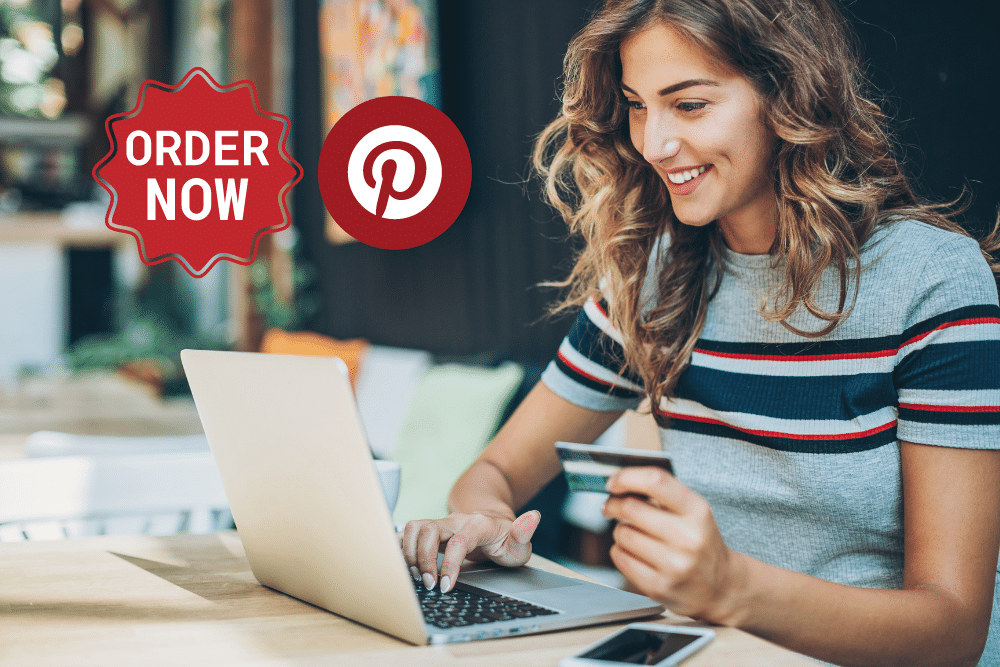It has become increasingly lucrative to sell digital products to entrepreneurs seeking to expand their revenue streams. One platform that offers a unique advantage in this area is Pinterest. Unlike Instagram or Facebook, Pinterest allows for a seamless integration of digital product sales. Throughout this article, we will provide you with tips for effectively selling your digital products on Pinterest, leveraging the platform’s potential for increasing visibility and driving sales.
Why Choose Pinterest?
An online visual discovery engine, Pinterest lets users, known as”Pinners,” search for ideas, inspiration, and products. According to recent statistics, seven out of ten Pinners have discovered a new product while exploring Pinterest. This makes it an ideal platform for small businesses to showcase and sell digital products. Additionally, Pinterest’s user base is highly engaged, with a significant percentage actively seeking products and services, which translates to higher conversion rates.
Linking Pins to Blog Posts
One of the most effective ways to sell digital products on Pinterest is by linking your pins to relevant blog posts. For example, if you offer Canva templates for creating Pinterest images, you can write a blog post about the importance of high-quality photos. Within this blog post, provide a link to your Canva templates as the solution. This method educates your audience about the value of your product and drives traffic to your website, enhancing the chances of conversion.
Steps to Implement:
- Create Informative Blog Posts: Write detailed articles that address a problem and present your digital product as the solution.
- Design Engaging Pins: Use visually appealing images that catch the eye and include a brief description of the blog post’s content.
- Include Clear Call-to-Actions: Encourage readers to click through your blog post for more information and access the digital product.
Linking Pins to Landing Pages
Another strategy is to link your pins directly to landing pages. Visitors to a landing page are converted into buyers by providing comprehensive information about your digital product. While blog posts educate the audience, landing pages focus on selling by highlighting the product’s benefits and features.
Steps to Implement:
- Design High-Conversion Landing Pages: Ensure your landing pages are well-designed, with clear headings, concise copy, and compelling visuals.
- Test and Optimize: Track landing page performance and adjust as needed to increase conversion rates.
- Use Effective Copywriting: Hire a skilled copywriter to craft persuasive content that drives sales.
Tagging Pins with Products
Pinterest allows you to tag products in posts, making it easier for users to buy directly from the platform. This feature bypasses the need for blog posts or landing pages, leading users to your product listings.
Steps to Implement:
- Create Product Tags: Tag your digital products in the pins so that users can see a thumbnail and a direct link to purchase.
- Optimize Your Store Listings: Ensure your product listings on your eCommerce site provide detailed information and compelling visuals to drive sales.
- Connect Your Catalog: Sync your product catalogue with Pinterest to keep your inventory updated and enhance the shopping experience for users.
Connecting Your Catalog
Connecting your catalogue to Pinterest is crucial for tagging products and participating in the Verified Merchant Program. This step ensures that your product information, including pricing and availability, is up-to-date.
Steps to Implement:
- Set Up a Data Feed: Create a data feed that contains all your product information and upload it to Pinterest.
- Verify Your Website: Ensure your website is verified to enhance trust and visibility on Pinterest.
- Join the Verified Merchant Program: This program can increase traffic and sales by providing additional credibility and features.
Using Video
Video is a powerful tool on Pinterest for engaging users and showcasing your digital products. Short, informative videos can demonstrate how to use your products, reducing barriers to purchase by showing their ease of use and benefits.
Steps to Implement:
- Create Short, Informative Videos: Keep your videos under a minute, focusing on demonstrating the product’s functionality.
- Highlight Key Features: Show potential customers the unique aspects of your digital products and how they can benefit from them.
- Include a Call-to-Action: Promote your website or product page to make a purchase.
Conclusion
Selling digital products on Pinterest offers small businesses a unique chance to reach a large audience. Your products can be effectively showcased and sales driven by linking pins to blog posts and landing pages and tagging products. Connecting your catalogue and utilizing video content can further enhance your marketing efforts.
For expert guidance on leveraging Pinterest for your business, consider partnering with a professional agency like Convex Studio. With the right strategy and execution, Pinterest is an excellent revenue source for small businesses.
By following these tips and strategies, you’ll be well on your way to successfully selling on Pinterest and maximizing your social media advertising efforts.

